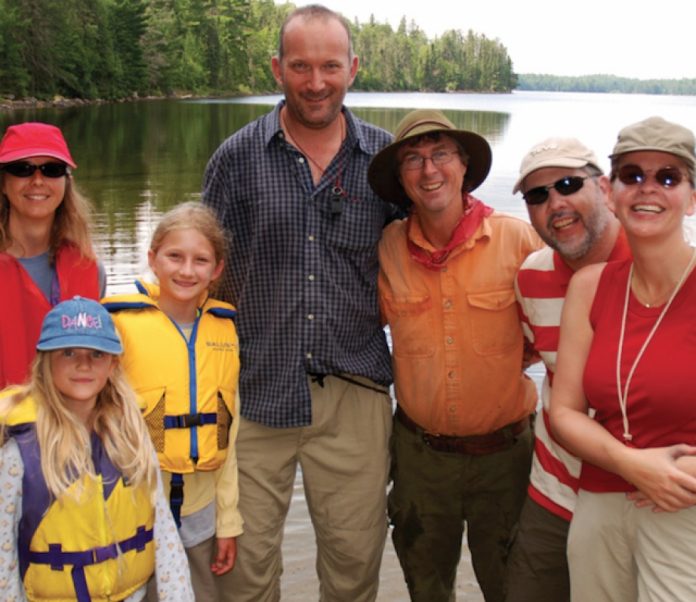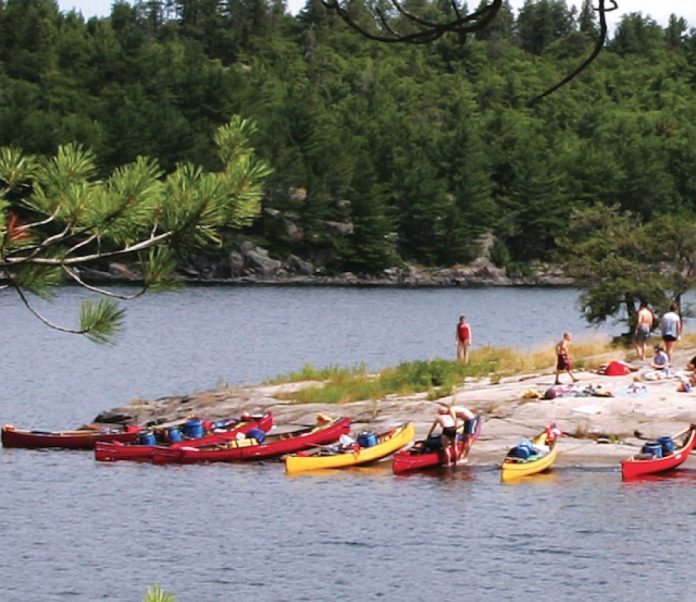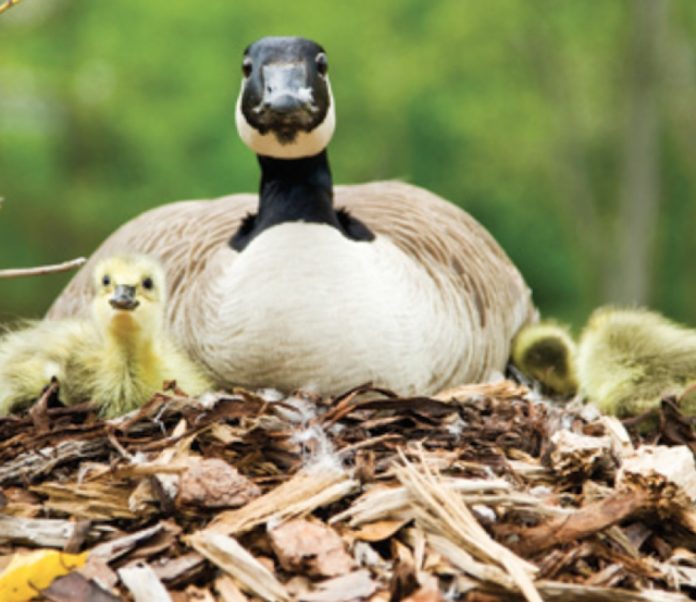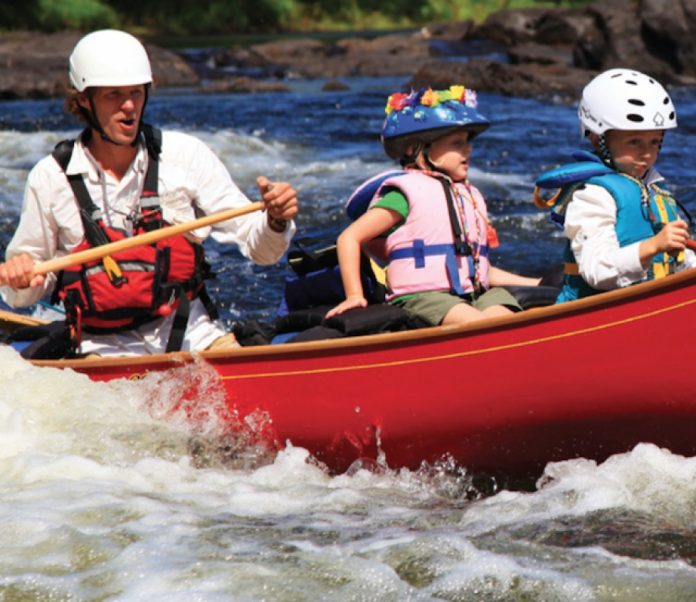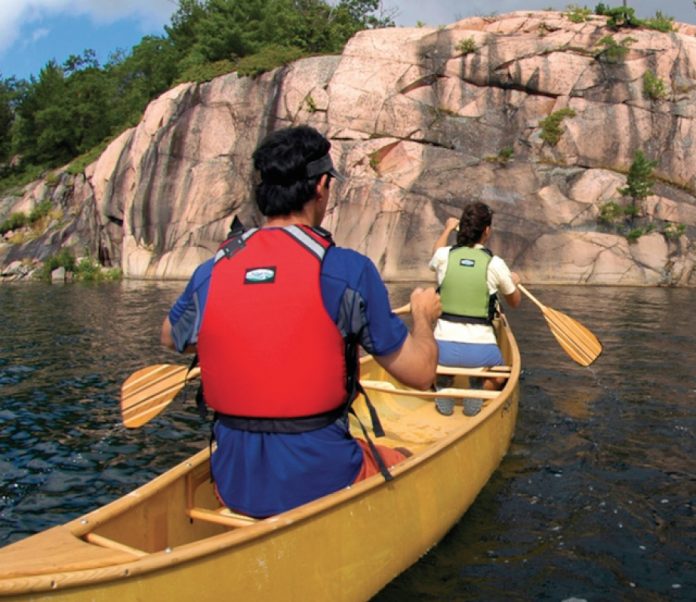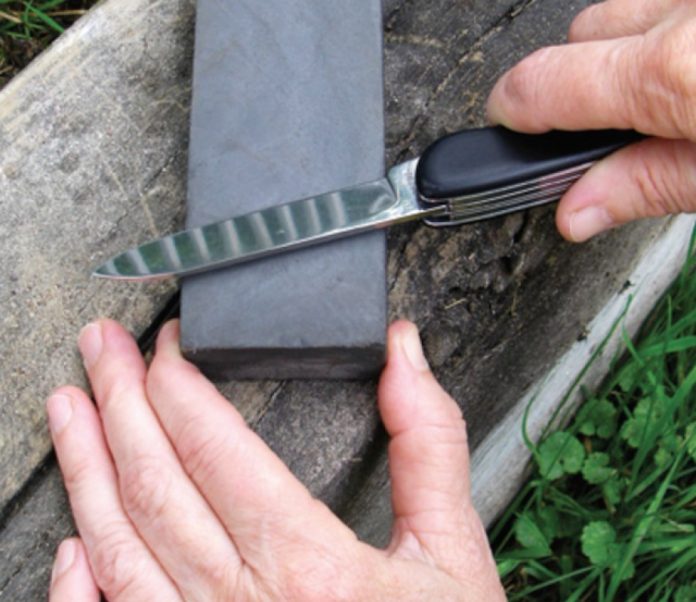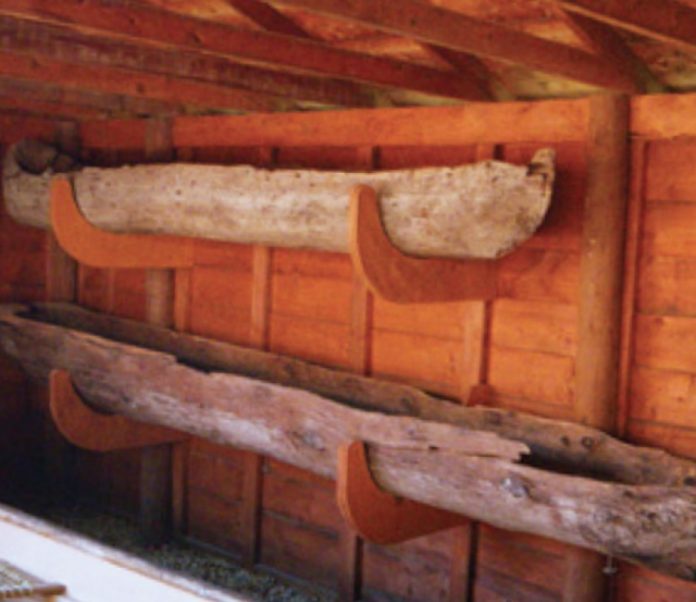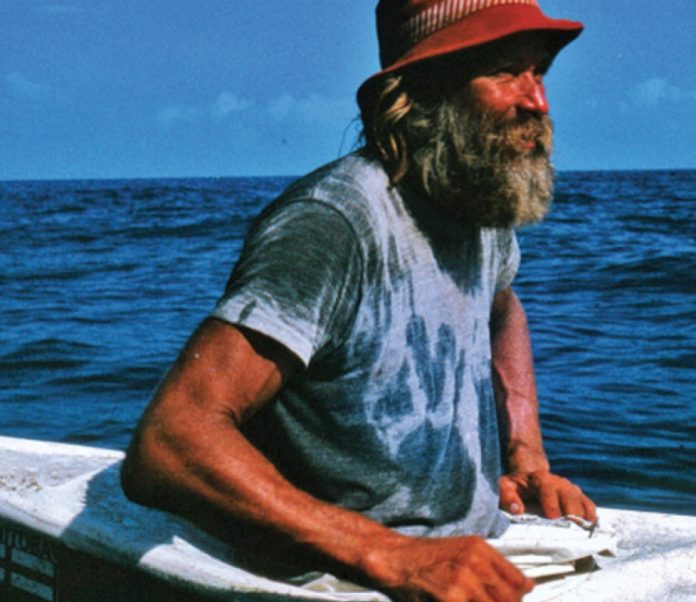Most of the time, I like people and consider myself a social person. On a canoe trip, however, I usually find it distasteful to run into other paddlers. This aversion to human interaction leads me to seek out remote areas where no one else goes.
Recently, I launched my new film The Happy Camper’s Wilderness Quest and one of the first questions from the media was, “What was the most inspiring thing that happened to you while filming and canoeing around the remote interior of Quetico Provincial Park?” Oddly, I blurted out, “Meeting people out there.”
What’s with that? My answer surprised me and mystified the journalist. I’m sure he was expecting me to offer some poetic views on solitude and seclusion. The film is called “Wilderness Quest” after all, and has all the standard scenes of loons, sunsets, nasty portages, bugs, scary thunderstorms, beautiful landscapes and moonlit paddles.
In retrospect, however, it really was the grab bag of paddlers I met out on the portages and campsites who motivated me the most. Sharing in the diverse reasons of why they love the wilderness is what made the project truly worthwhile.
Some of the more memorable characters included two stoner chicks who proudly showed off the biceps they had gained from portaging; an interior maintenance crew boss who expressed his appreciation of wilderness travel with quotes from Thoreau; and a minister from Germany—wearing a pair of Lederhosen—who recounted pure moments of spiritual Utopia. Then there was the slothful teenager conveying how he had his best nap ever while canoeing in Quetico; the deep-thinking philosopher who wished for the simpler life of being a tree or a bird; and the retired dentist who loathed seeing anyone while out on trip—especially a film crew!
The trip was a reminder of how temporary our time is and how we should be spending more of it in wilderness areas.
The most inspiring interview was with a middle-aged couple whom we met after a very long day. The film crew was exhausted and needed a break, but I felt we should talk to the couple. So I offered to carry their canoe across the portage while producer Kip Spidell did the interview.
When I returned, everyone was in tears. The woman had shared the story of how she was a breast cancer survivor and how she and her husband made the decision to head out on a wilderness canoe trip in Quetico to re-evaluate their lives. To them, the trip was like starting on a clean page, a reminder of how temporary our time is and how we should be spending more of it in wilderness areas.
Like many people, I suffer from an inability to articulate the intrinsic well-being I feel from spending time in the wilderness. But the candor and comments of the Quetico paddlers gave voice to these feelings and spoke to anyone else who has ever spent quality time canoeing in wild places. For that, I’m glad I met so many people out there on my wilderness quest.
If you see Kevin Callan in the wilderness with a camera crew, don’t run away…he may carry your gear across your next portage.
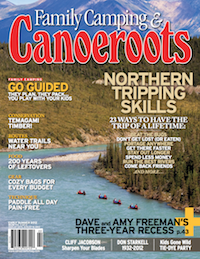
This article first appeared in the Early Summer 2012 issue of Canoeroots Magazine. For more great content, subscribe to Canoeroots’print and digital editions here.



